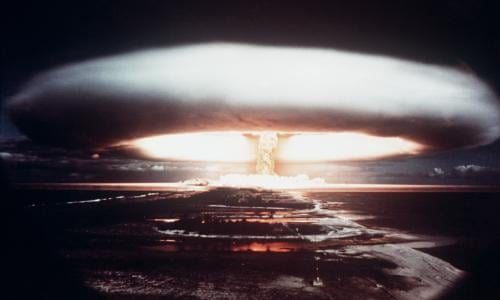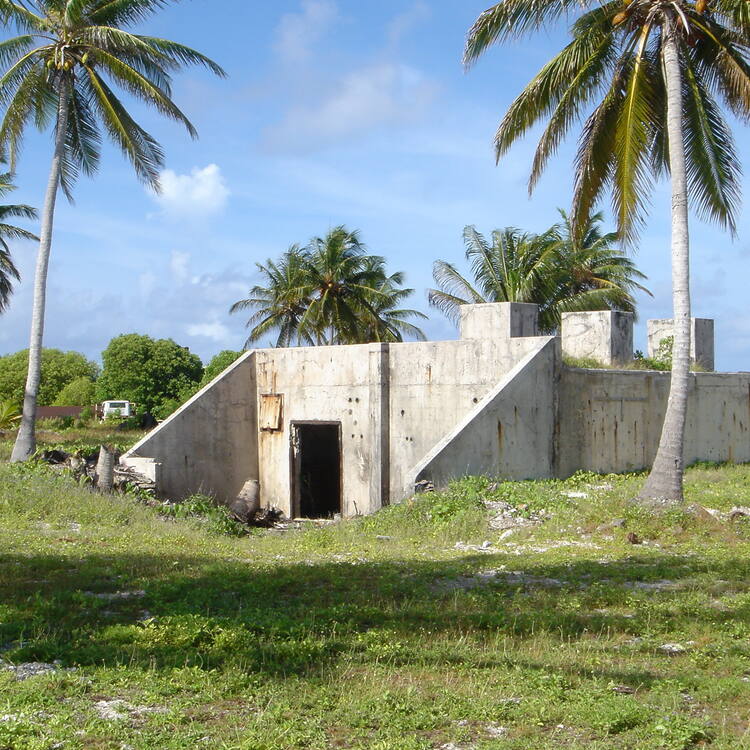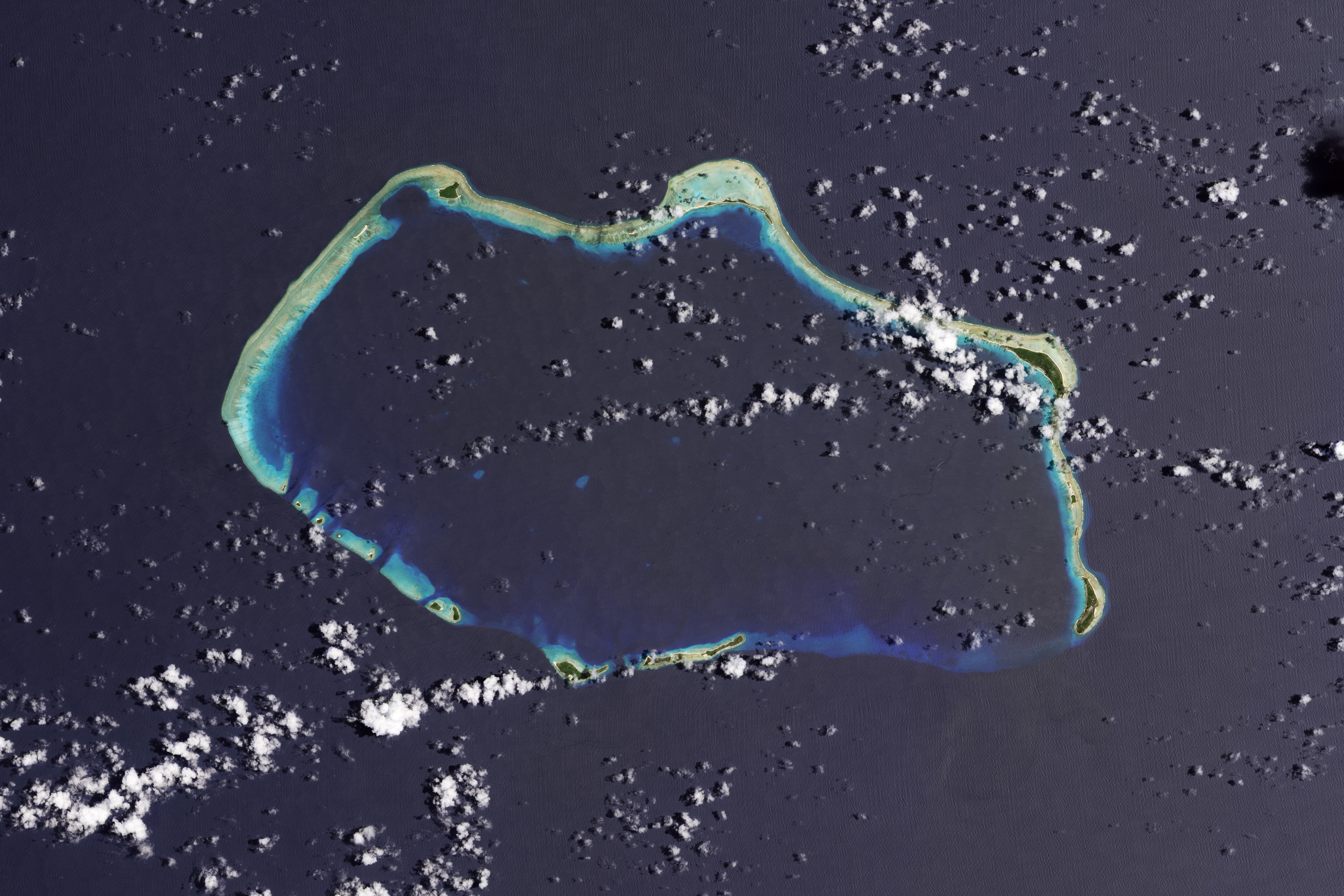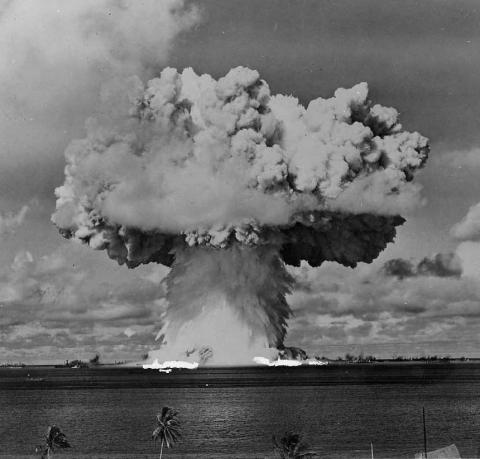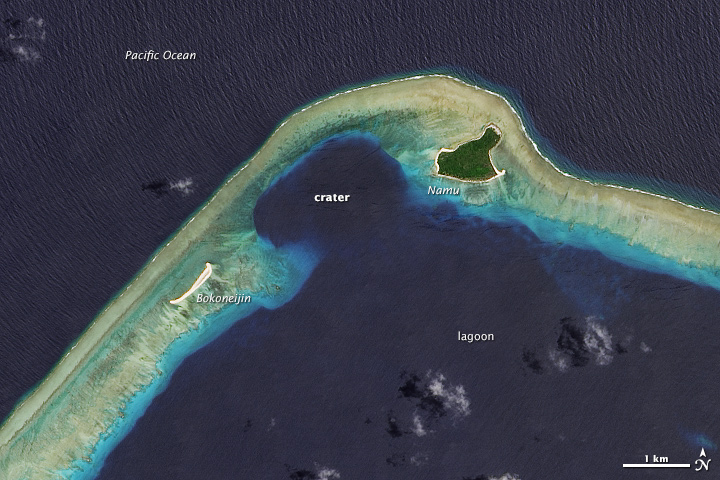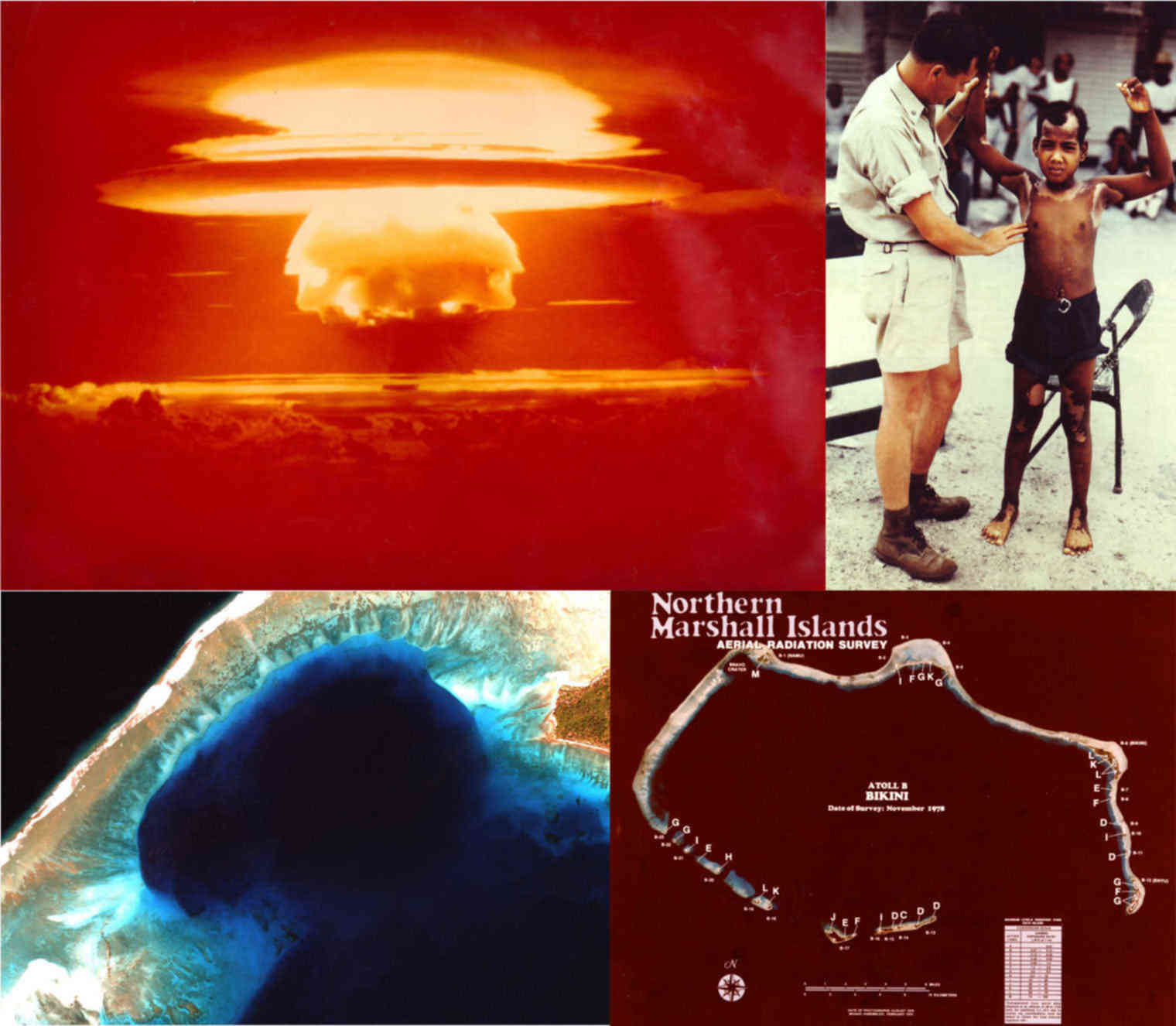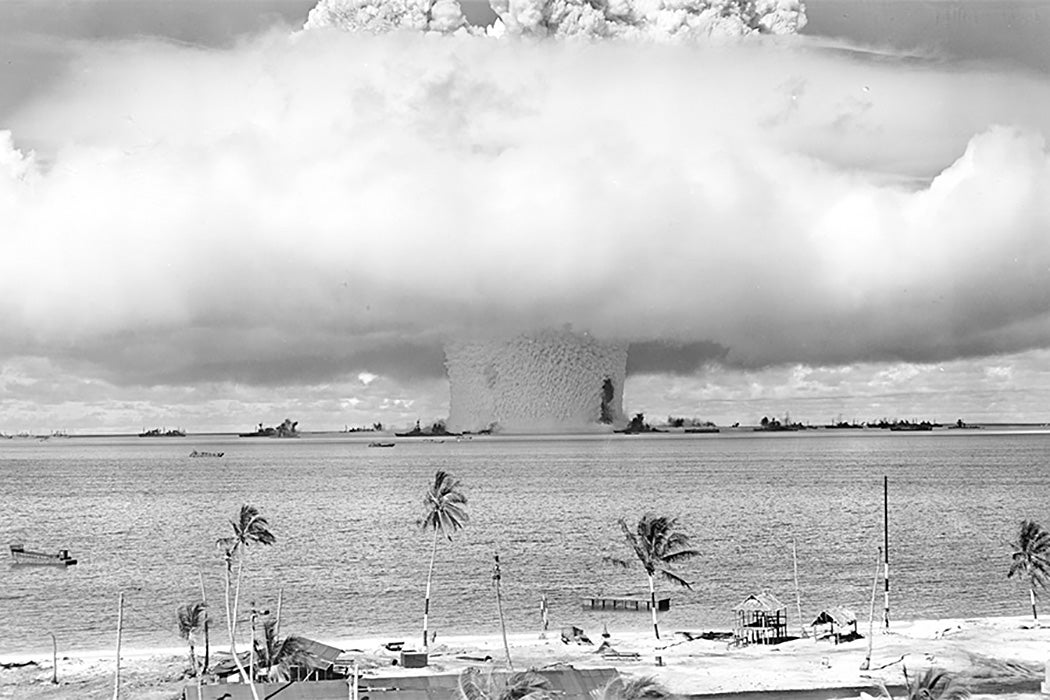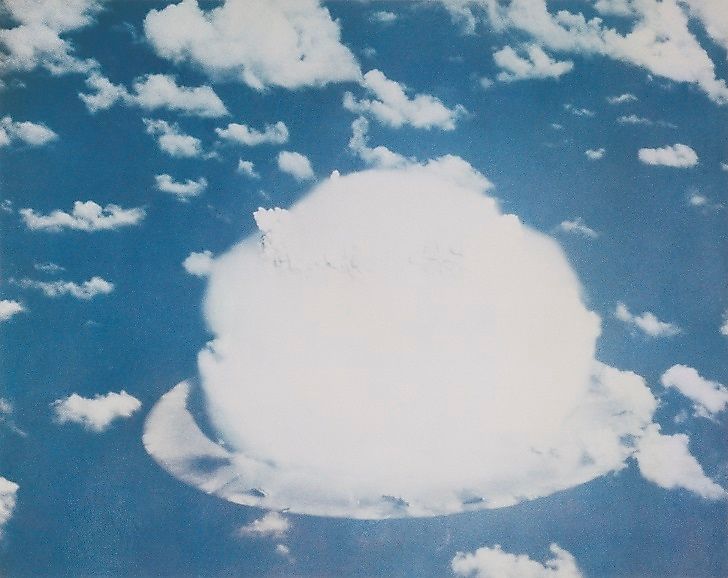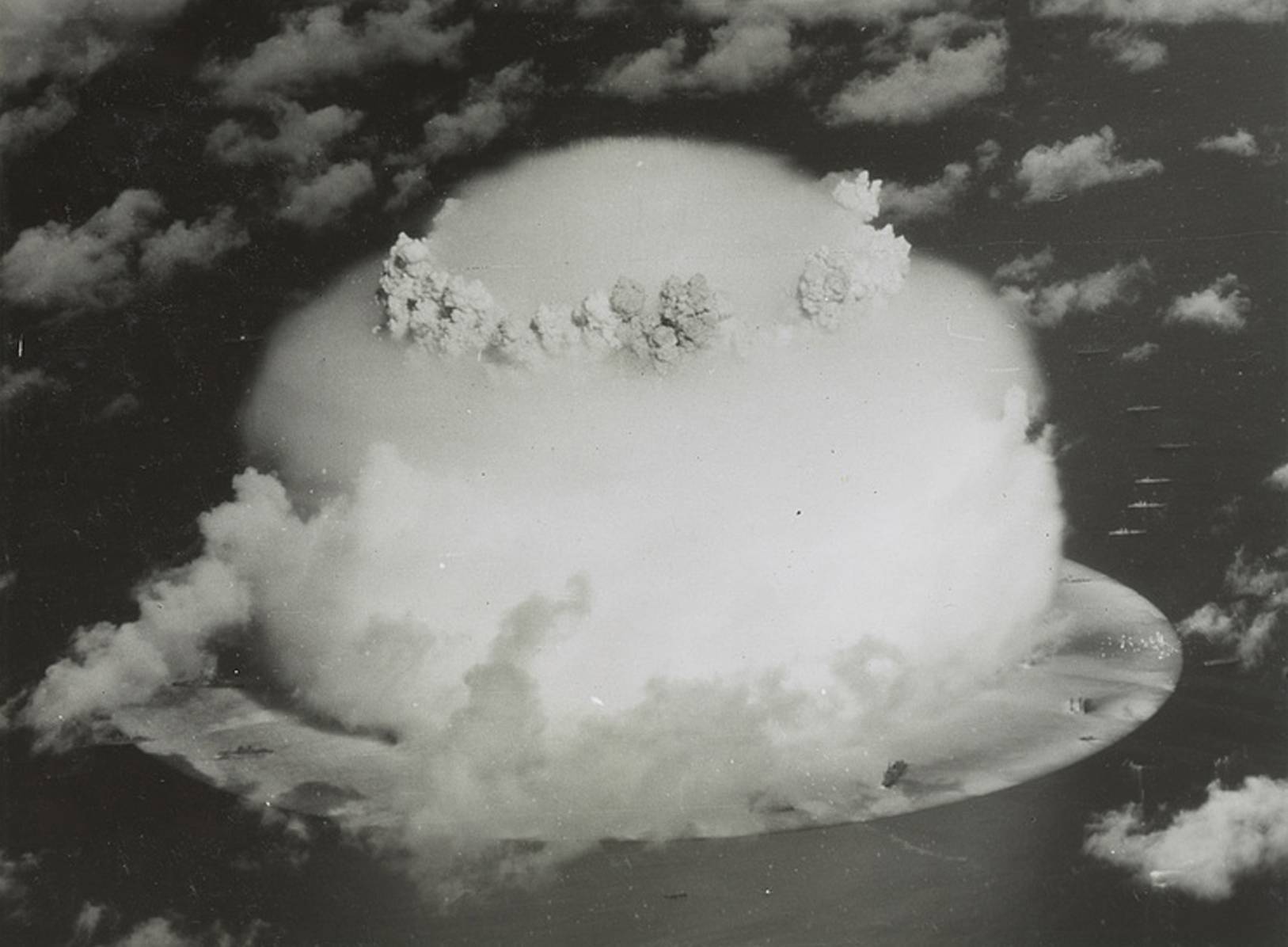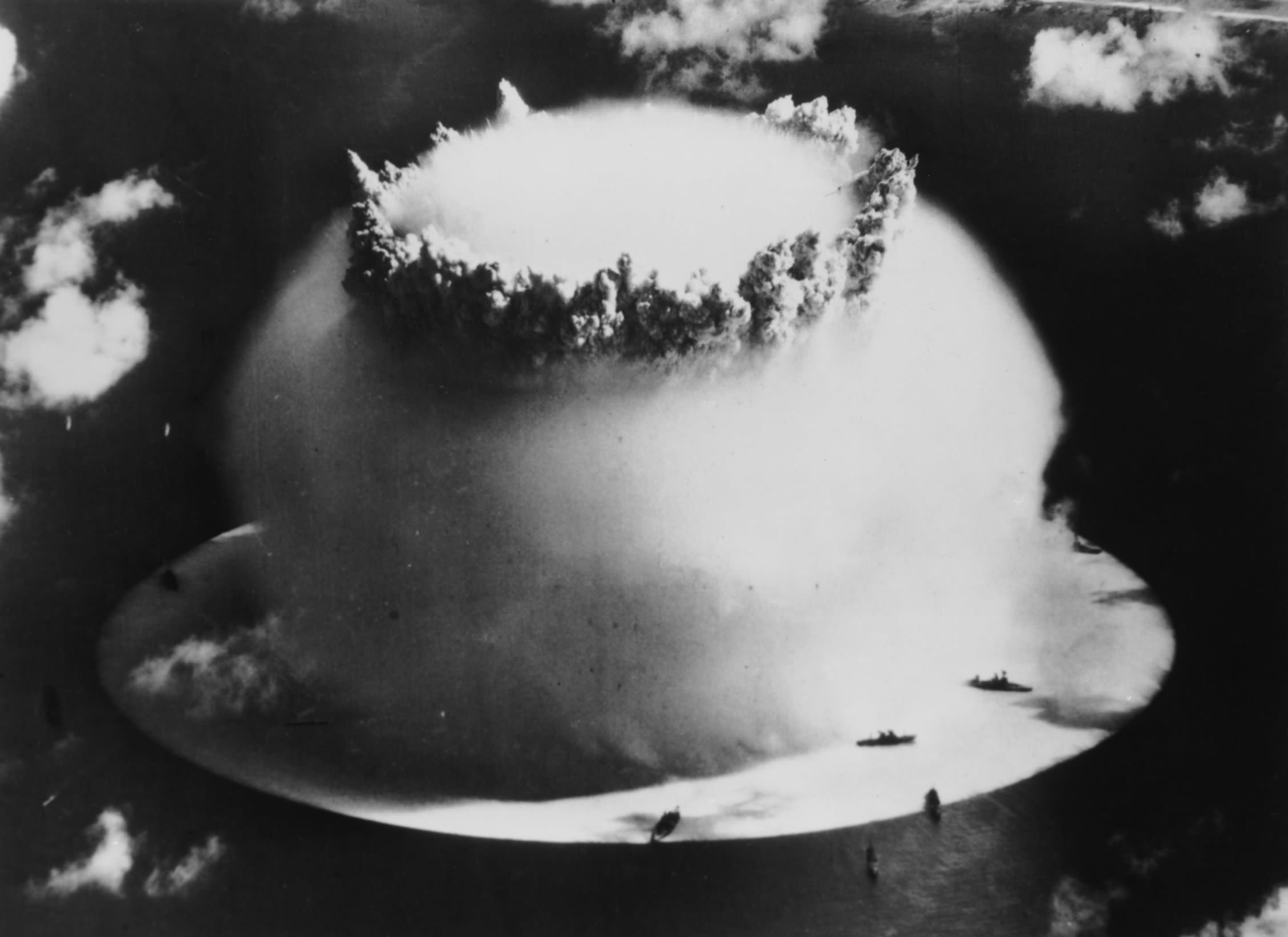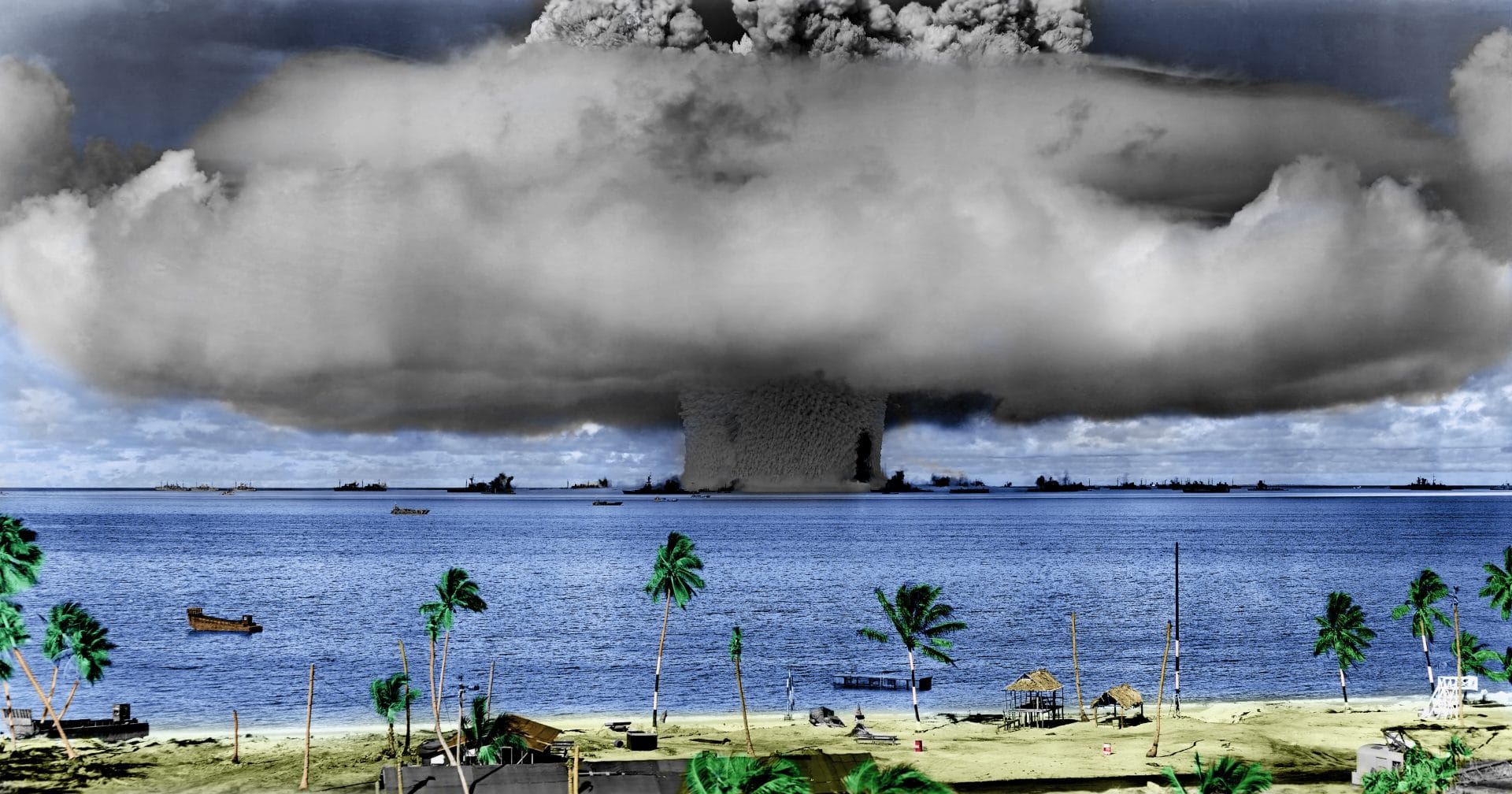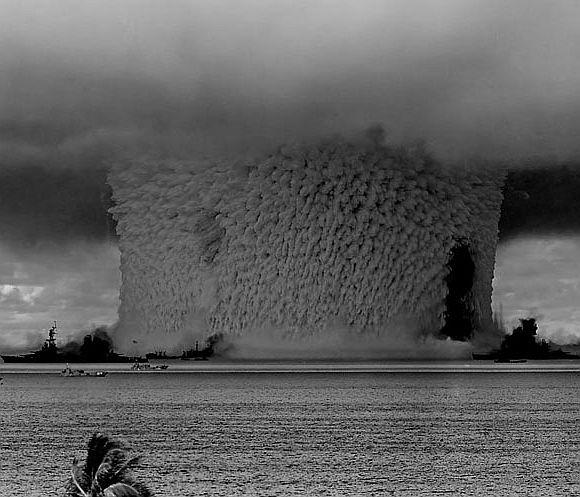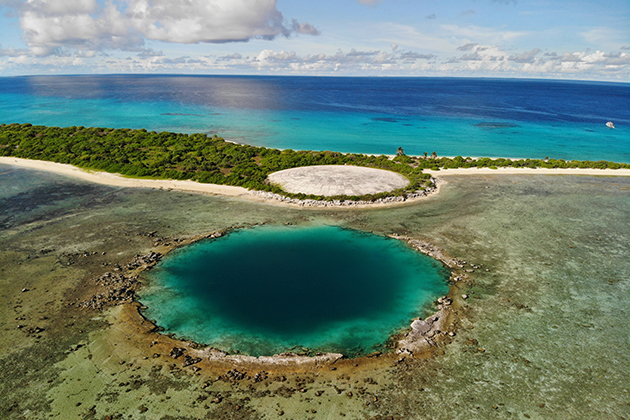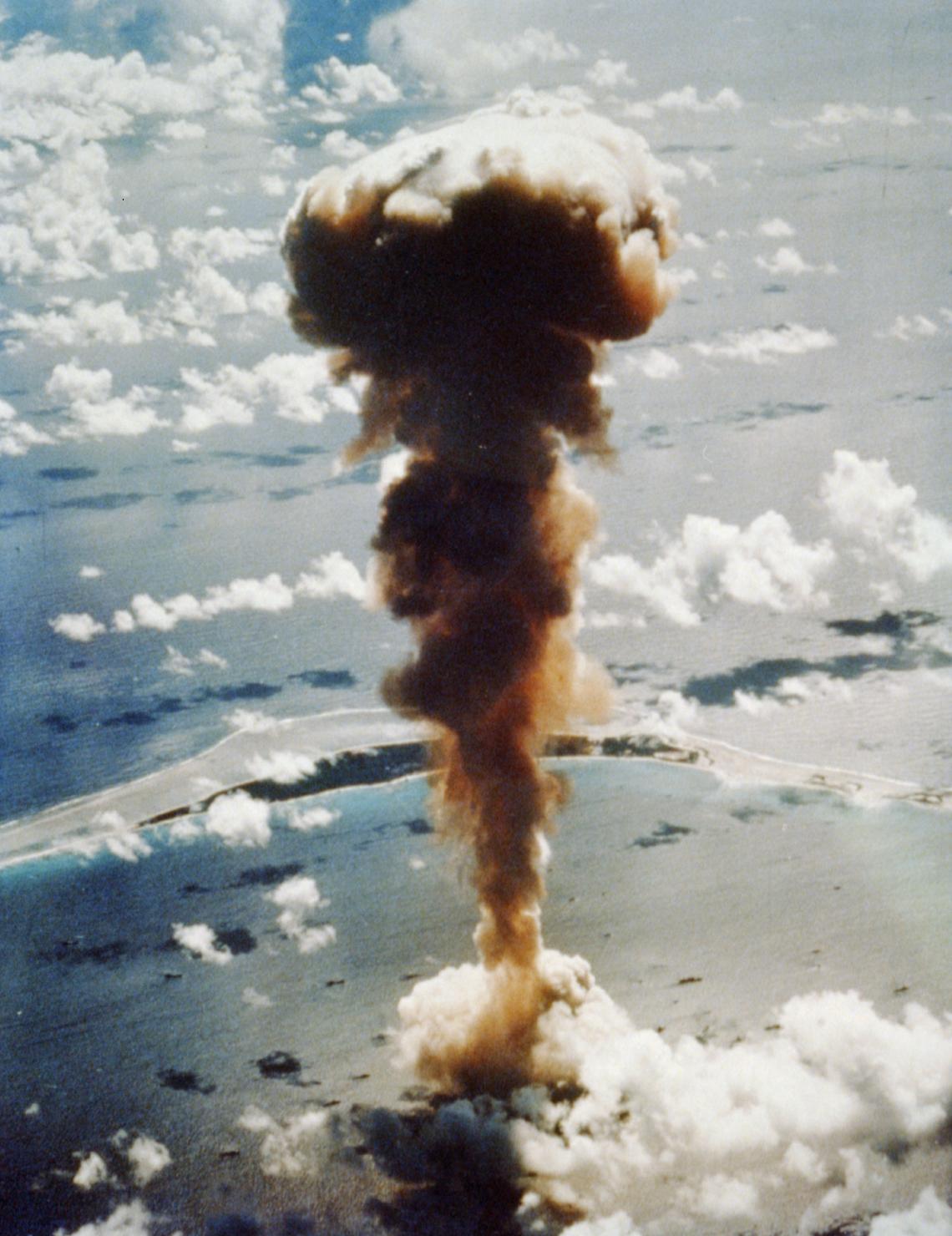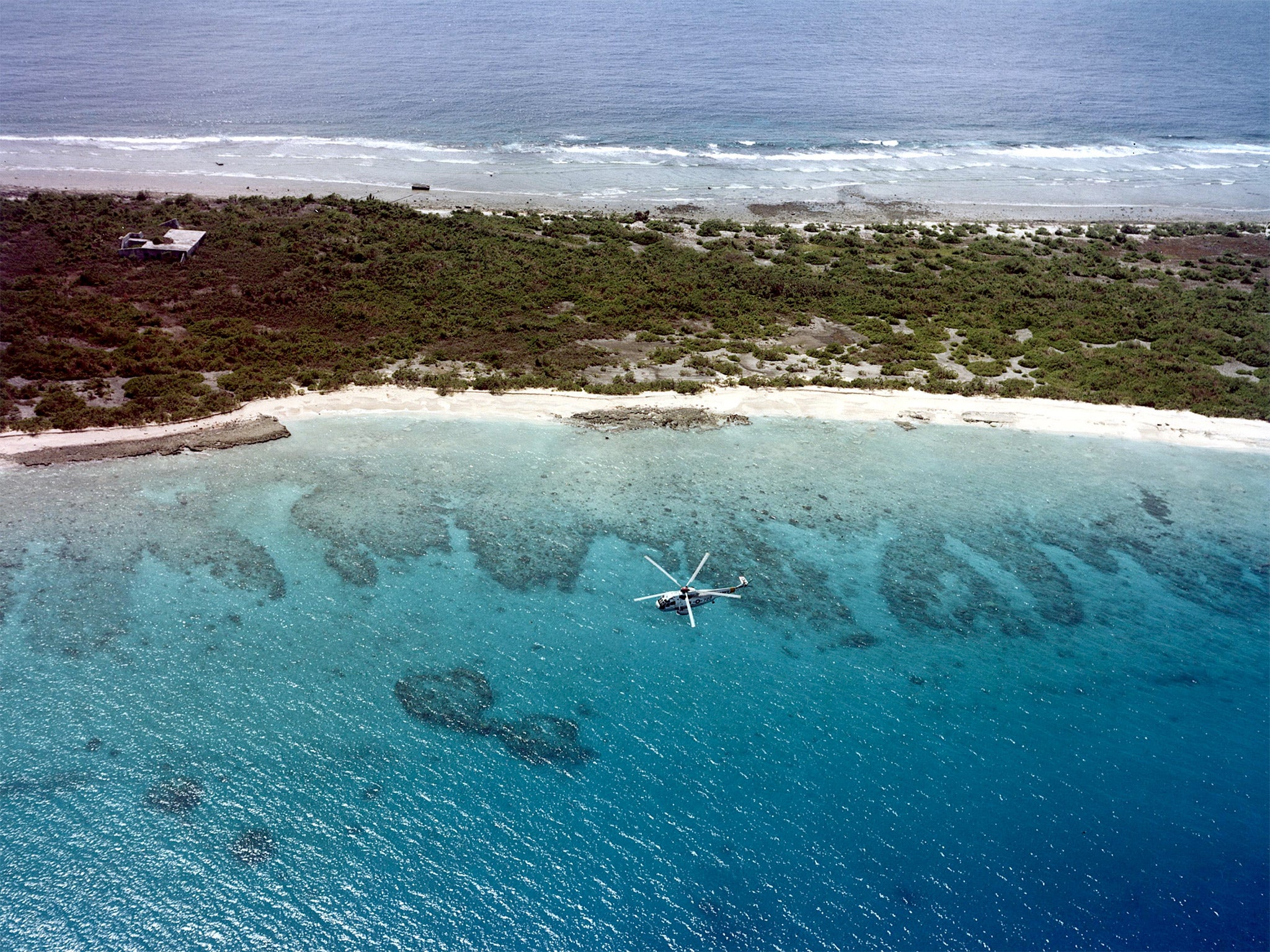
Remarkable': Scientists amazed by thriving marine life at Bikini Atoll site where 23 atomic bombs were dropped | The Independent | The Independent

Underwater explosion occurs during nuclear test at Bikini Atoll, Micronesian Isla...HD Stock Footage - YouTube
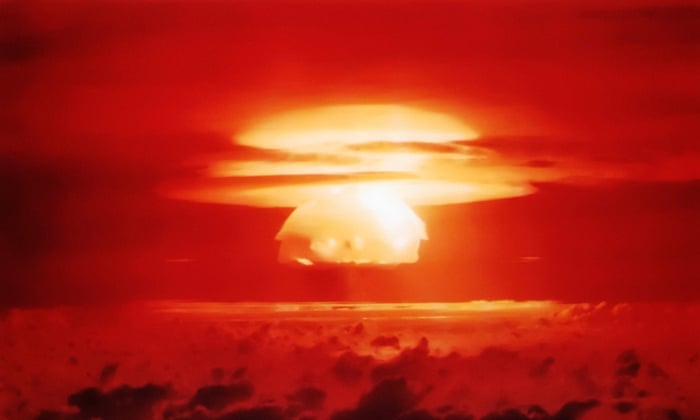
Bikini Atoll nuclear test: 60 years later and islands still unliveable | Marshall Islands | The Guardian
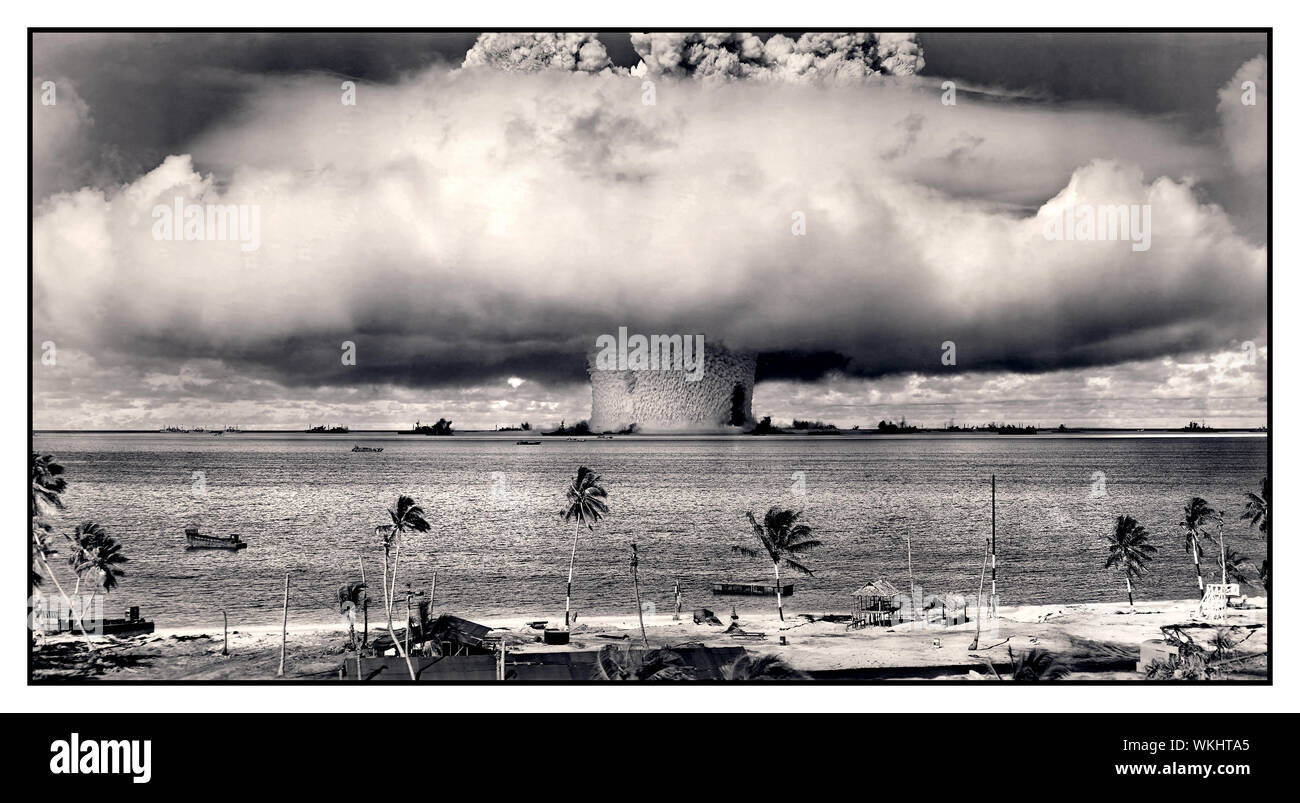
Bikini Atoll Vintage 1946 b&w image post war image of OPERATION CROSSROADS The underwater 'Baker' nuclear weapon test on 25 July 1946 in North East lagoon of Bikini Atoll. Photographed from a
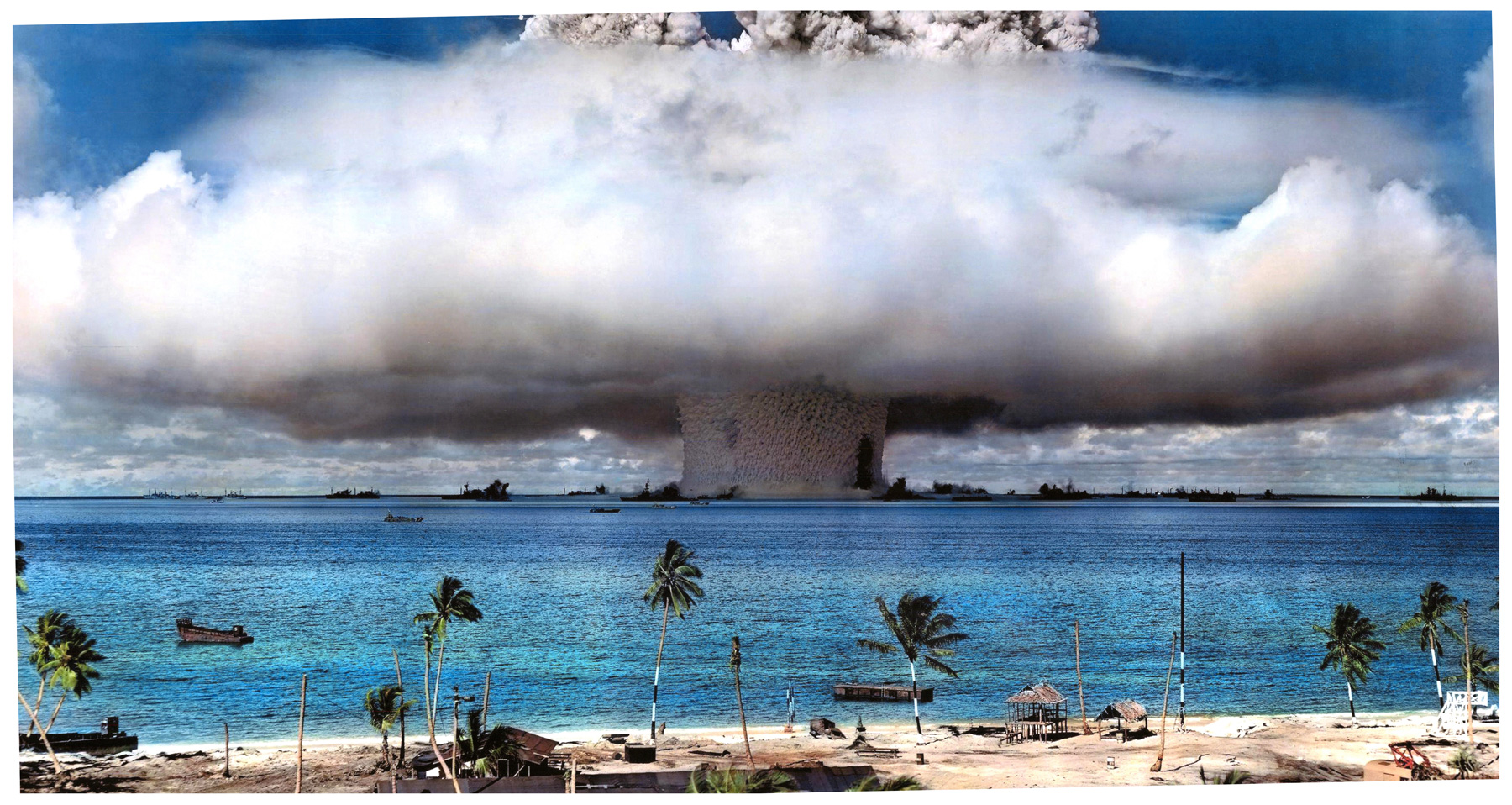
70th Anniversary of Operation Crossroads Atomic Tests in Bikini Atoll, July 1946 | National Security Archive
